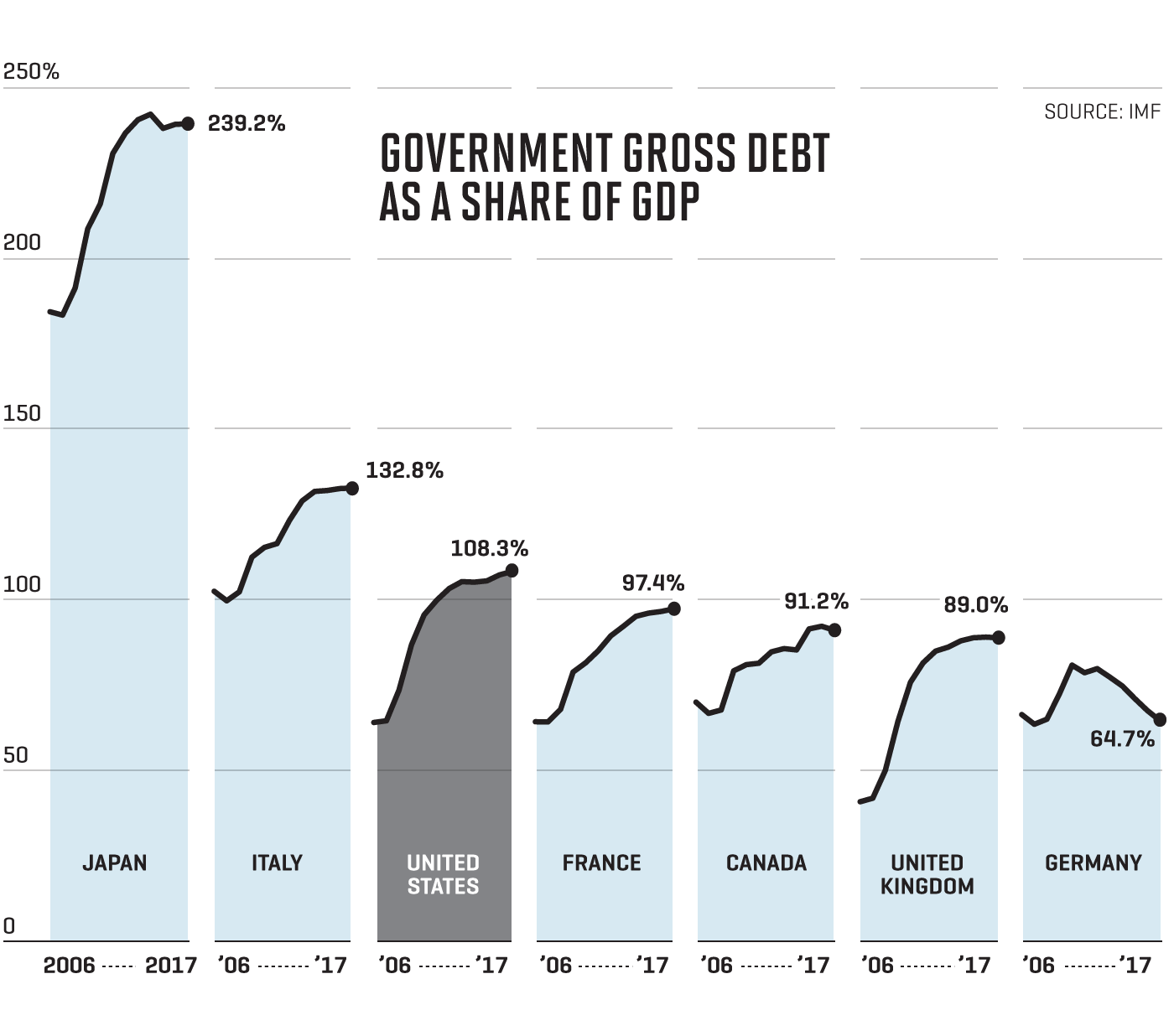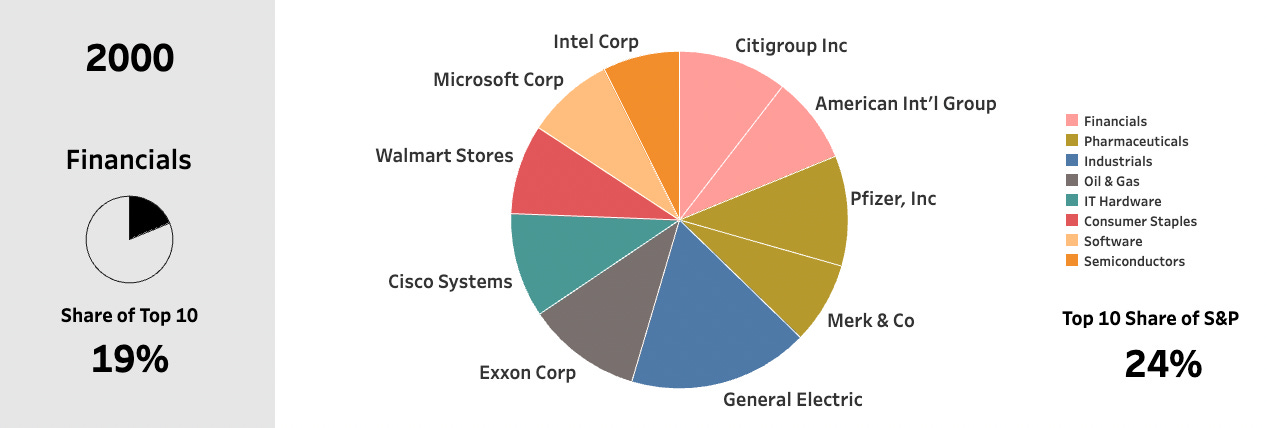Brain Drain Concerns: How Funding Cuts Drive US Researchers Overseas

Table of Contents
The Shrinking Pie: Diminishing Research Funding in the US
Decades of steady growth in federal and private funding for scientific research in the US have plateaued, and in some areas, sharply declined. This "shrinking pie" of resources creates a highly competitive environment, making it increasingly difficult for researchers to secure funding for their projects. The consequences are far-reaching. Over the past decade, we've seen a consistent downward trend in several key areas:
- Decreased NIH grants: The National Institutes of Health (NIH), a primary source of funding for biomedical research, has experienced a decline in the success rate of grant applications, meaning fewer researchers receive the funding necessary to conduct their work. This increased competition leads to frustration and a search for greener pastures.
- Reduced NSF funding for specific programs: The National Science Foundation (NSF) has also faced budget constraints, leading to cuts in funding for specific research programs in areas such as engineering, computer science, and environmental science. This has a direct impact on researchers pursuing these crucial fields.
- Lower corporate R&D investment: While corporate investment in research and development (R&D) remains significant, it hasn't kept pace with the growth of other sectors, further limiting overall funding for research projects. This reduces opportunities for both academic and industry-based researchers.
- Increased competition for limited grants: The combination of reduced funding and a growing number of highly qualified researchers creates an extremely competitive environment for securing grants. This makes it difficult for even the most promising researchers to get the resources they need.
The Allure of Opportunity: Why Researchers Choose to Relocate
Facing limited funding opportunities and intense competition, many US researchers are choosing to relocate to countries offering more attractive research environments. This isn't simply about money, although higher salaries and better benefits are certainly a factor. Other nations often provide:
- Higher salaries and benefits in other countries: Countries like Canada, several European nations, and those in Asia frequently offer significantly higher salaries and more comprehensive benefits packages for researchers. This improved compensation is a major draw for those seeking financial stability.
- Access to state-of-the-art facilities and equipment: Many foreign institutions boast cutting-edge research facilities and equipment that may be unavailable or underfunded in the US. This access to superior resources significantly enhances research capabilities.
- More stable and predictable research funding: Several countries have established more stable and predictable long-term funding models for research, providing researchers with the security they need to pursue ambitious projects. This reduces the constant worry of securing short-term funding cycles.
- Stronger research collaborations internationally: International collaborations are increasingly important in research. Many foreign institutions foster a more collaborative research environment than is often found in the US, further incentivizing researchers to relocate.
Long-Term Consequences: The Economic and Scientific Impact of Brain Drain
The outflow of talented US researchers has profound and long-lasting economic and scientific consequences. The loss represents more than just individuals; it signifies a drain on intellectual capital, hindering innovation and impacting national competitiveness.
- Loss of skilled workers and future innovators: This loss represents a significant decrease in the pool of skilled workers and future innovators, potentially harming the nation's long-term economic prospects.
- Reduced technological competitiveness: The US’s global technological leadership is directly tied to its research capabilities. Brain drain weakens this leadership, allowing other nations to gain an advantage.
- Impact on national security: In fields such as defense and cybersecurity, the loss of top researchers can directly impact national security. This represents a considerable risk that must be addressed.
- Diminished economic growth: Scientific breakthroughs often lead to new technologies and industries, contributing significantly to economic growth. A reduction in research output due to brain drain directly hampers economic progress.
Potential Solutions: Addressing Funding Cuts and Retaining Researchers
Reversing the brain drain requires a multi-pronged approach focused on increasing research funding and improving the overall research environment in the US.
- Increased government investment in research: A substantial increase in federal funding for research across various disciplines is crucial. This should be a long-term commitment to stable funding, not simply short-term fixes.
- Streamlined grant application processes: The cumbersome and often lengthy grant application process needs simplification to reduce administrative burdens on researchers and allow them to focus on their research.
- Incentives for researchers to remain in the US: Offering competitive salaries, benefits packages, and career advancement opportunities is essential for attracting and retaining top talent.
- Improved infrastructure and research facilities: Investing in state-of-the-art research infrastructure and facilities will create a more attractive environment for researchers.
- Public-private partnerships: Fostering strong collaborations between government, academia, and industry can unlock significant additional funding for research and development.
Conclusion: Combating Brain Drain and Investing in the Future of US Research
The brain drain of US researchers, fueled by inadequate funding, poses a significant threat to the nation's scientific leadership and economic future. Addressing this challenge requires immediate action. We must stem the brain drain by increasing research funding, streamlining grant processes, and creating a more supportive environment for researchers. Contact your representatives, support organizations advocating for increased research funding, and demand that we invest in the future of American research. We must ensure adequate research funding to retain top researchers and safeguard our nation's scientific and economic prosperity. Only through concerted efforts can we prevent further loss of talent and secure a vibrant future for US research.

Featured Posts
-
 Transgender Sports Ban Minnesota Under Fire From Us Attorney General
Apr 29, 2025
Transgender Sports Ban Minnesota Under Fire From Us Attorney General
Apr 29, 2025 -
 Analyzing The Countrys Evolving Business Landscape
Apr 29, 2025
Analyzing The Countrys Evolving Business Landscape
Apr 29, 2025 -
 Selling Sunset Star Exposes La Landlord Price Gouging After Fires
Apr 29, 2025
Selling Sunset Star Exposes La Landlord Price Gouging After Fires
Apr 29, 2025 -
 Chinas Nuclear Power Expansion 10 New Reactors Approved
Apr 29, 2025
Chinas Nuclear Power Expansion 10 New Reactors Approved
Apr 29, 2025 -
 Ambanis Reliance Beats Expectations Impact On Indian Market
Apr 29, 2025
Ambanis Reliance Beats Expectations Impact On Indian Market
Apr 29, 2025
Latest Posts
-
 Analysis Factors Threatening Trumps Proposed Tax Legislation
Apr 29, 2025
Analysis Factors Threatening Trumps Proposed Tax Legislation
Apr 29, 2025 -
 Will Republican Divisions Sink Trumps Tax Bill
Apr 29, 2025
Will Republican Divisions Sink Trumps Tax Bill
Apr 29, 2025 -
 The Magnificent Sevens 2 5 Trillion Market Cap Decline
Apr 29, 2025
The Magnificent Sevens 2 5 Trillion Market Cap Decline
Apr 29, 2025 -
 The Impact Of Zombie Buildings On Chicagos Office Real Estate Market
Apr 29, 2025
The Impact Of Zombie Buildings On Chicagos Office Real Estate Market
Apr 29, 2025 -
 Republican Resistance To Trumps Tax Plan Key Groups And Obstacles
Apr 29, 2025
Republican Resistance To Trumps Tax Plan Key Groups And Obstacles
Apr 29, 2025
